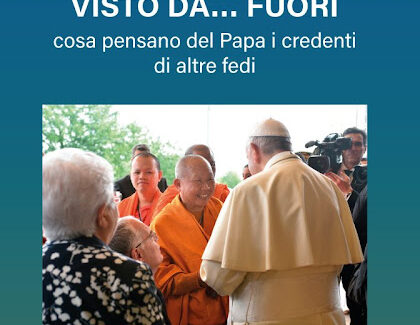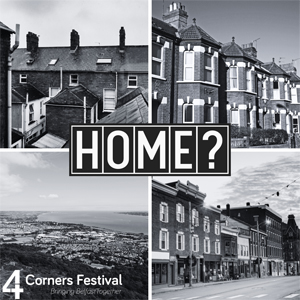A conference entitled “Church, Face of Hope” organized by the Focolare Movement has just concluded at the Mariapolis Centre in Castel Gandolfo. This ecclesial gathering, which ran from 7th-10th November, aimed to explore and reinforce the role of the Church in fostering hope and community in a time of profound societal change. The conference welcomed approximately 900 participants from diverse backgrounds, including clergy, laypeople, and representatives from various social and religious communities, fostering an environment of open dialogue and collaboration.
Theme and Structure of the Conference
The conference emphasized themes central to Pope Francis’ vision of a Church that is open, inclusive and mission-oriented. Guided by a synodal approach, which focuses on collective discernment and shared responsibility, the sessions were structured around three daily themes inspired by Marian titles: Mary, Mother of Humanity, Mary, Mother of the Church and Mary, Mother of Hope.
Key Sessions and Discussions
Cristiana Formosa and Gabriele Bardo, from the Focolare Movement in Italy and Albania opened the Conference and reflected on the Movement’s journey. They highlighted the importance of unity within the Church and underscored how collaboration with other ecclesial movements has deepened in recent years. The first day also featured Cardinal Giuseppe Petrocchi, who emphasized the need for the Church to be attuned to societal shifts and cultural contexts, suggesting that relationality and dialogue are essential for today’s Church.
On 9th November, Linda Ghisoni from the Dicastery for Laity, Family and Life presented on the Church’s Marian identity, linking Mary’s role to the Church’s mission to serve all humanity. The day continued with a panel on universal holiness, where speakers discussed how all individuals are called to holiness and service, reinforcing the Church’s inclusivity. Group discussions followed, addressing themes like ecumenical dialogue, interfaith cooperation and cultural engagement.
On the final day of the conference, Margaret Karram, President of the Focolare Movement and Jesús Morán, its Vice-President, offered reflections that tied the conference’s themes to the larger vision of a synodal and missionary Church. Margaret shared insights from her experience as a special invitee to the recent Synod on Synodality, highlighting how the gathering illustrated a universal sense of hope. She noted that the synodal experience, with participants from 129 countries, represented diverse realities, peace, conflict, migration and social challenges, showcasing the need for mutual support across cultures and faiths.
Margaret emphasized the “dimension of mission” she witnessed, which reinforced the need for the Church to “walk together” and maintain solidarity in diversity. She underscored that synodality requires essential qualities such as inner freedom, humility, trust and openness to new perspectives. Echoing Pope Francis’ call to “expand our tent,” she urged the Church to embrace everyone, especially those who feel marginalized, making inclusivity a fundamental aspect of its mission.
Jesús Morán built on Margaret’s message by focusing on hope as a vital response to the crises and uncertainties of contemporary life. Drawing on philosopher Friedrich Nietzsche’s metaphor, he described hope as “the rainbow that arches over the torrential river of life.” This image emphasized hope’s resilience and ability to rise above despair, urging the Church to nurture this hope through faith and love. Jesús argued that true Christian hope helps to overcome fear, especially when combined with relational openness and the shared journey of faith. He concluded by affirming that this hope, rooted in the theological virtues, is essential for the Church’s mission to serve humanity and foster a sense of belonging and purpose in a fractured world.
Artistic Expressions and Reflections on Hope
The conference also included artistic performances that underscored unity and belonging. These expressions enriched the experience, creating moments for participants to connect beyond words, embodying the conference’s message of fraternity and shared purpose. The conference ended with a commitment to further develop initiatives in local communities, embracing inclusivity, dialogue, and unity as ongoing guiding principles for the Focolare Movement and its wider ecclesial partners.
In essence, the “Chiesa, volto di speranza” conference stood as a testament to the Church’s potential to be a beacon of hope, welcoming and guiding all who seek to contribute to a more inclusive and compassionate society.




